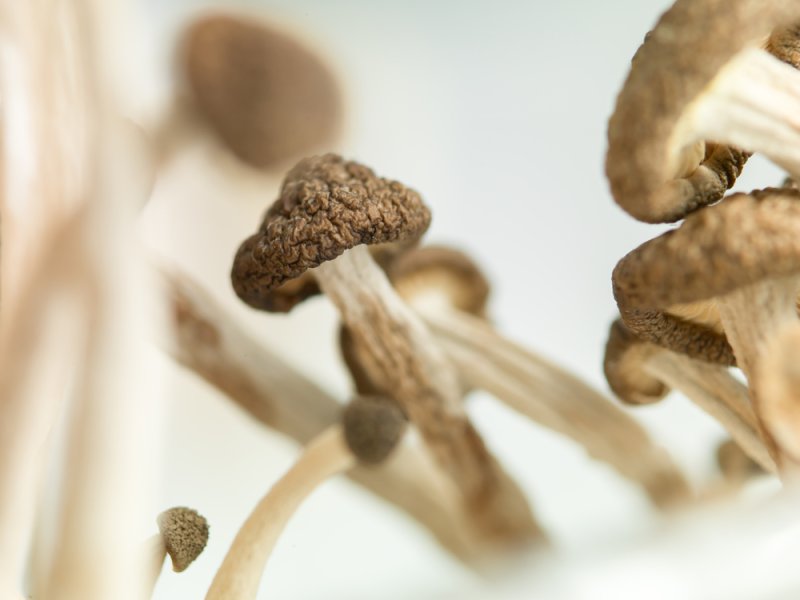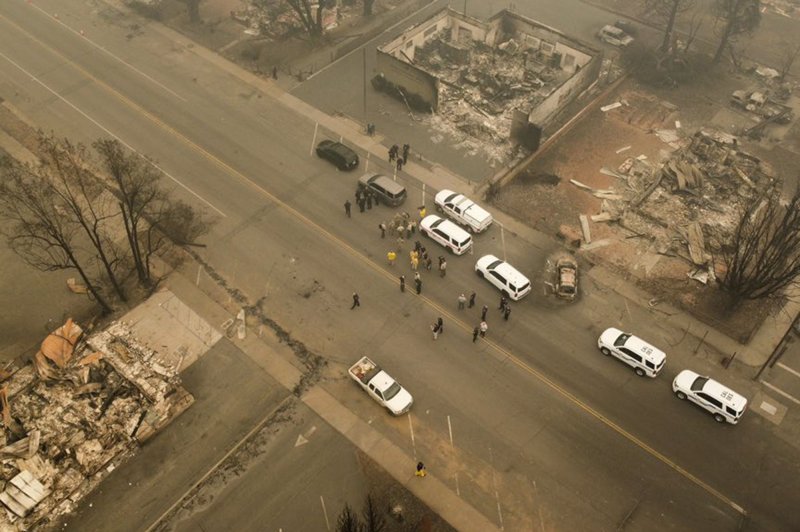The study's astronomers have been fixated on the summertime season that's occurred in the planet's southern hemisphere since 2005.

The image of the planet Neptune on the left was obtained during the testing of the Narrow-Field adaptive optics mode of the MUSE instrument on ESO’s Very Large Telescope. The image on the right is a comparable image from the NASA/ESA Hubble Space Telescope. Note that the two images were not taken at the same time so do not show identical surface features.
Photo by ESO/P. Weilbacher (AIP)/NASA, ESA, and M.H. Wong and J. Tollefson/UC Berkeley
April 11 (UPI) -- The heating-and-cooling changes of Neptune's atmospheric and global temperatures have caught the attention of the astronomers who have monitored them over 17 years, a study released Monday shows.
The expert international team spent nearly two decades keeping a close watch on the gaseous planet's temperatures using ground-based telescopes, including the European Southern Observatory's Very Large Telescope.
April 11 (UPI) -- The heating-and-cooling changes of Neptune's atmospheric and global temperatures have caught the attention of the astronomers who have monitored them over 17 years, a study released Monday shows.
The expert international team spent nearly two decades keeping a close watch on the gaseous planet's temperatures using ground-based telescopes, including the European Southern Observatory's Very Large Telescope.
What they found reveals an "unexpected" drop in Neptune's global temperatures followed by its south pole dramatically warming up, according to the study published in the Planetary Science Journal.
"Since we have been observing Neptune during its early southern summer, we expected temperatures to be slowly growing warmer, not colder," the study's lead author, Michael Roman, a postdoctoral research associate at the United Kingdom's University of Leicester, said in a news release.
While Neptune is like Earth in that its seasons change based on its orbit of the sun, Neptune's seasons last about 40 years, according to the European Southern Observatory.
A single year on Neptune, which is the most distant giant planet from the sun, equals 165 Earth years.
It's about 2.8 billion miles away from Earth.

This composite shows thermal images of Neptune taken between 2006 and 2020. The first three images (2006, 2009, 2018) were taken with the VISIR instrument on ESO’s Very Large Telescope while the 2020 image was captured by the COMICS instrument on the Subaru Telescope (VISIR wasn’t in operation in mid-late 2020 because of the pandemic). After the planet’s gradual cooling, the south pole appears to have become dramatically warmer in the past few years, as shown by a bright spot at the bottom of Neptune in the images from 2018 and 2020.
Image by ESO/M. Roman, NAOJ/Subaru/COMICS
The study's astronomers have been fixated on the summertime season that's occurred in the planet's southern hemisphere since 2005, closely examining any temperature changes after the summer solstice.
They've pieced together nearly 100 thermal-infrared images of Neptune taken over 17 years to study those trends in deeper detail.
They recorded an average global temperature drop of 8 degrees Celsius, or 46.4 degrees Fahrenheit, between 2003 and 2018.
Yet another surprising finding came with the dramatic warming of the eighth planet's south pole during the last two years of observations.
Between 2018 and 2020, experts observed a rapid increase of 11 C, or 51.8 F. It's an unusual finding, as this level of rapid polar warming has never before been observed on Neptune, according to researchers.
"Our data cover less than half of a Neptune season, so no one was expecting to see large and rapid changes," said Glenn Orton, the study's co-author and senior research scientist at Caltech's Jet Propulsion Laboratory.
The astronomers are not yet certain what caused Neptune's unexpected temperature variations.
They plan to continue observing the changes in the coming years.













